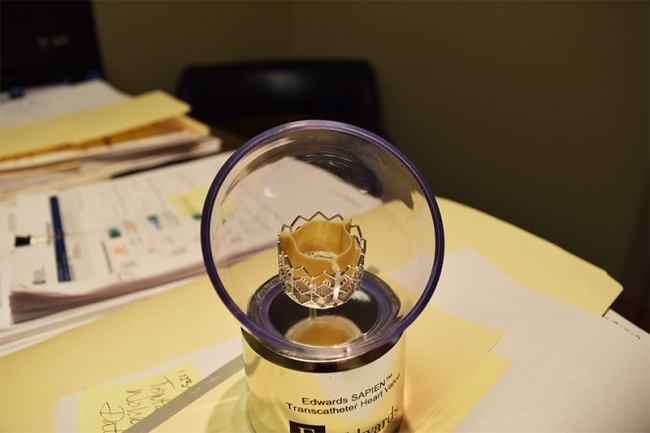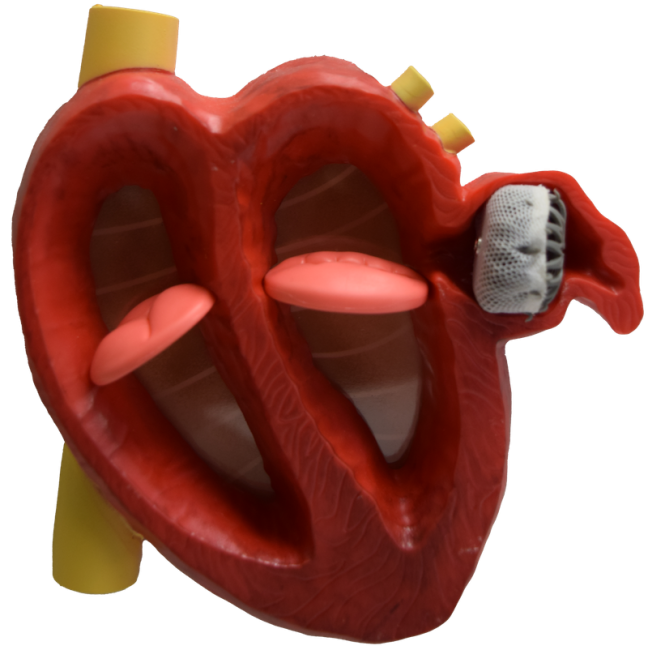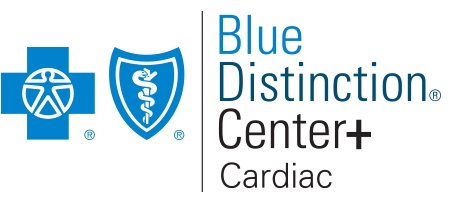For TAVR patients severe aortic stenosis (AS) is life threatening, and treatment is critical. The Edwards SAPIEN 3 valves are implanted in more patients worldwide than any other transcatheter heart valve.
The symptoms of AS are commonly misunderstood by patients as ‘normal’ signs of aging.
Common symptoms include:
- fainting
- breathlessness
- chest pain
- pressure or tightness
- decline in activity level
- reduced ability to do routine physical activities.
In elderly patients, AS is sometimes caused by the buildup of calcium (mineral deposits) on the aortic valve’s leaflets. Over time, the leaflets become stiff, which reduces their ability to fully open and close. When the leaflets don’t fully open, a person’s heart must work harder to push blood through the aortic valve to the rest of the body.
The TAVR procedure enables the placement of a balloon-expandable valve into the heart via a catheter-based approach. The SAPIEN 3 valve is designed to replace a patient’s diseased native aortic valve.
TAVR Providers at Springhill
Doctors at Springhill were the first in Mobile to offer TAVR. They have performed more TAVR procedures than anyone in the city.
How TAVR works
Your aortic valve is the opening between your heart and your aorta (your body’s most important blood vessel). The valve has little flaps that let blood in and out.
If you have aortic stenosis, the flaps get stiff and stop working properly. This means your heart has to work harder, which can cause symptoms like chest pain and shortness of breath.
If you have severe aortic stenosis, doctors may recommend replacing the valve.
Sometimes the best way to do this is surgery. But for many people, surgery is too risky. TAVR, a minimally invasive way to replace the valve, can be less risky for some people.
During Your Procedure
Most TAVR procedures at Springhill Hospital last two hours or less. Here’s what happens during the procedure:
- You’ll receive anesthesia, which will put you to sleep and ensure that you can’t feel any pain.
- A surgeon will make a very small incision (about one inch long) in your upper leg or chest. The best location for the incision will depend on your anatomy.
- A catheter, or thin tube, will be put into the incision and up through your aorta to your aortic valve.
- An interventional cardiologist will slide your new valve up through the catheter and into place. The old valve doesn’t need to be removed—the new one will push it out of the way.
- The catheter will be removed and the incision closed.
After Your Procedure
Here’s what you can expect after your procedure:
- You'll stay in the hospital for one to two days, depending on your overall health.
- You may feel some aches and pains, but these are part of the healing process and usually go away with time.
- Your chest pain, shortness of breath and other aortic stenosis symptoms should start improving. For some people this takes a few weeks, while for others it starts happening right away.
Is TAVR a Good Choice for You?
There are several treatment options for aortic stenosis. Whether TAVR is the best one for you depends on your symptoms, age, preferences and overall health.
TAVR is often a good choice if:
- You have severe chest pain, shortness of breath or other symptoms that interfere with your daily life.
- Medications and lifestyle changes aren’t controlling your symptoms.
- Heart valve surgery would be particularly dangerous for you because of your age or other health conditions. Conditions that make surgery more dangerous include past heart attack, liver disease or kidney disease.
Benefits of TAVR
After TAVR, you’ll likely see the following benefits:
- Reduction in symptoms such as chest pain or shortness of breath
- Greater ability to take care of yourself and participate in other everyday activities
- Improved heart function
Risks of TAVR
Like any procedure, TAVR has some risks, such as:
- Problems with the new valve
- Heart rhythm problems (arrhythmia)
- Infection
- Heart attack
- Stroke
- Bleeding or blood vessel problems
These risks are low, and the team at Springhill is highly experienced in making procedures as safe as possible. We never perform procedures if benefits don’t outweigh the risks.
Why Choose Springhill for TAVR
The Most TAVR Experience in Mobile
Doctors at Springhill were the first in Mobile to offer TAVR. And they’ve performed more TAVR procedures than any other team in the city. This experience and expertise will inform your care.
Recognized Excellence in Heart Care
BlueCross and BlueShield of Alabama has named Springhill one of its Blue Distinction Centers+ for Cardiac Care. The distinction recognizes hospitals for outstanding patient safety and health outcomes. It’s based on objective quality measures, such as how soon patients can go home from the hospital.
Ready to Get Started?
If you’re wondering whether TAVR is right for you, a TAVR provider at Springhill can help.





